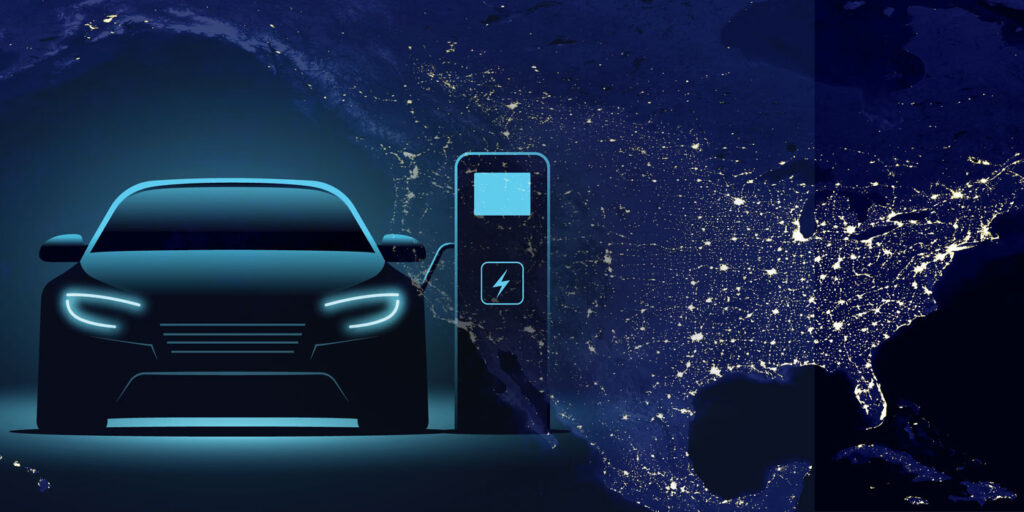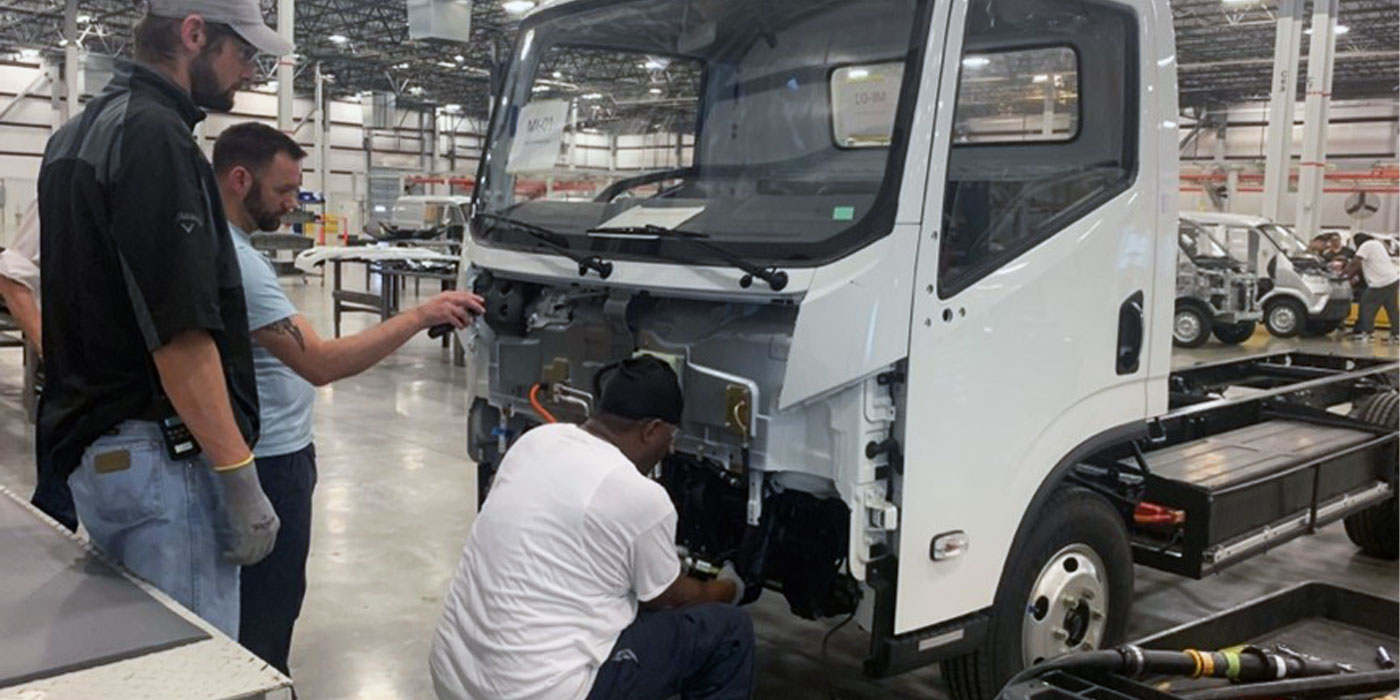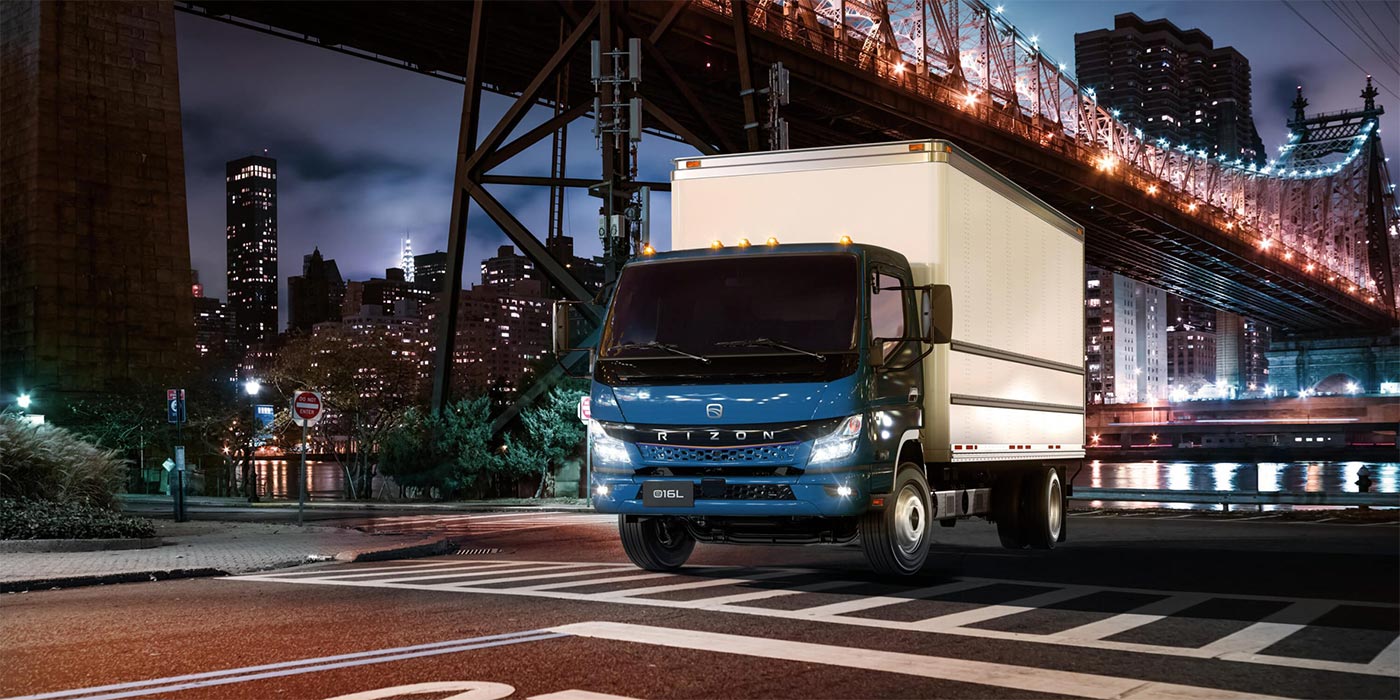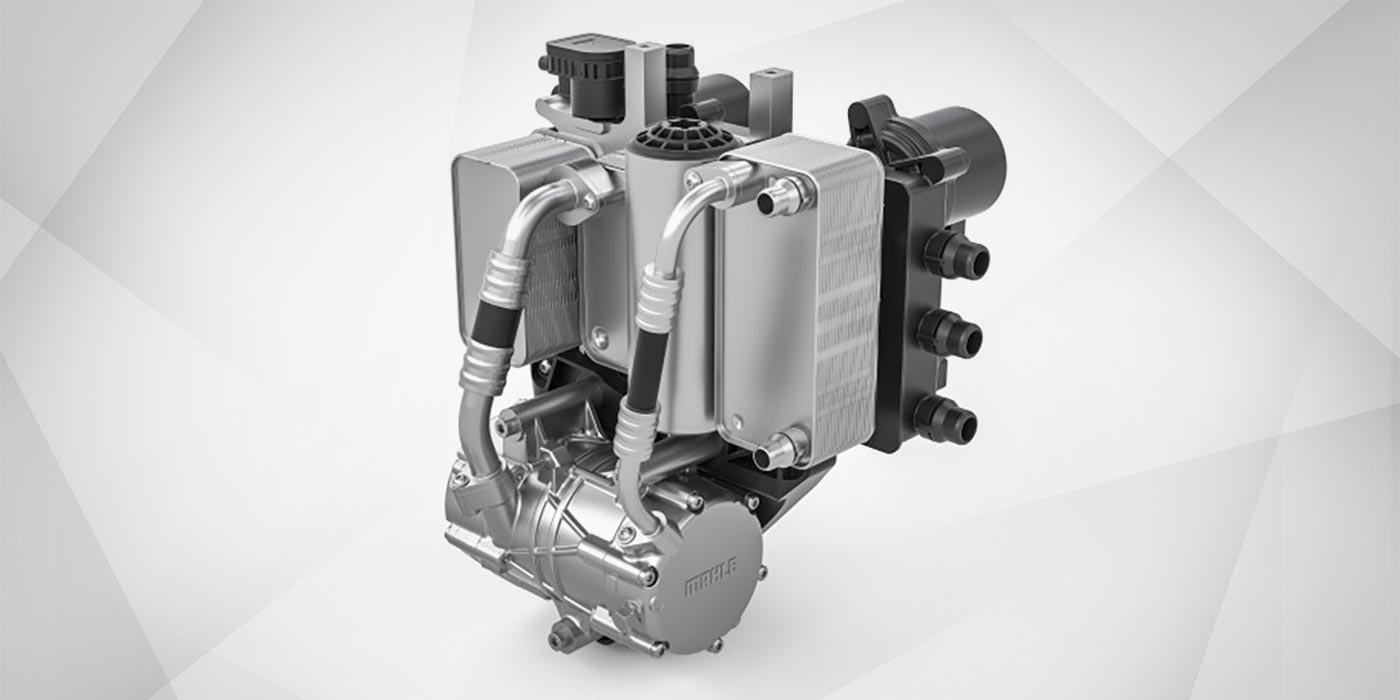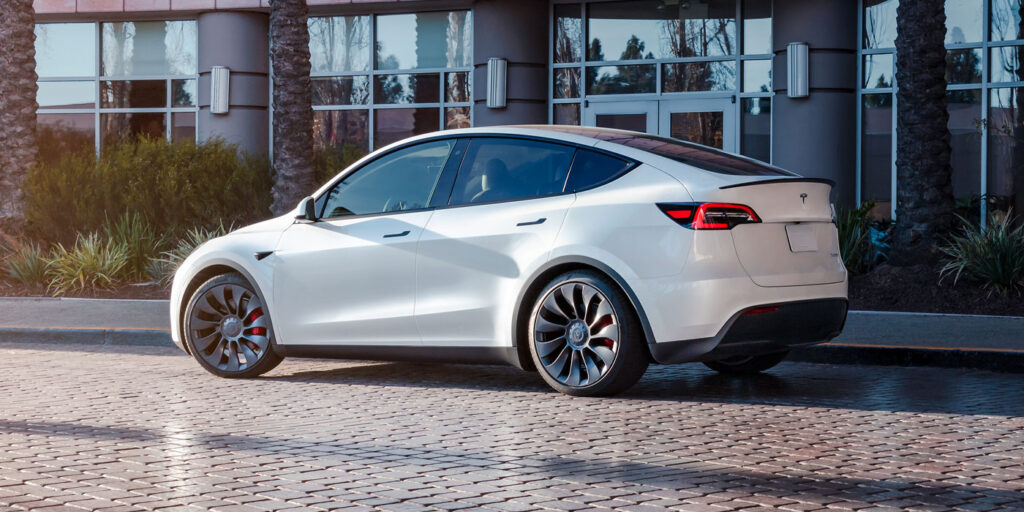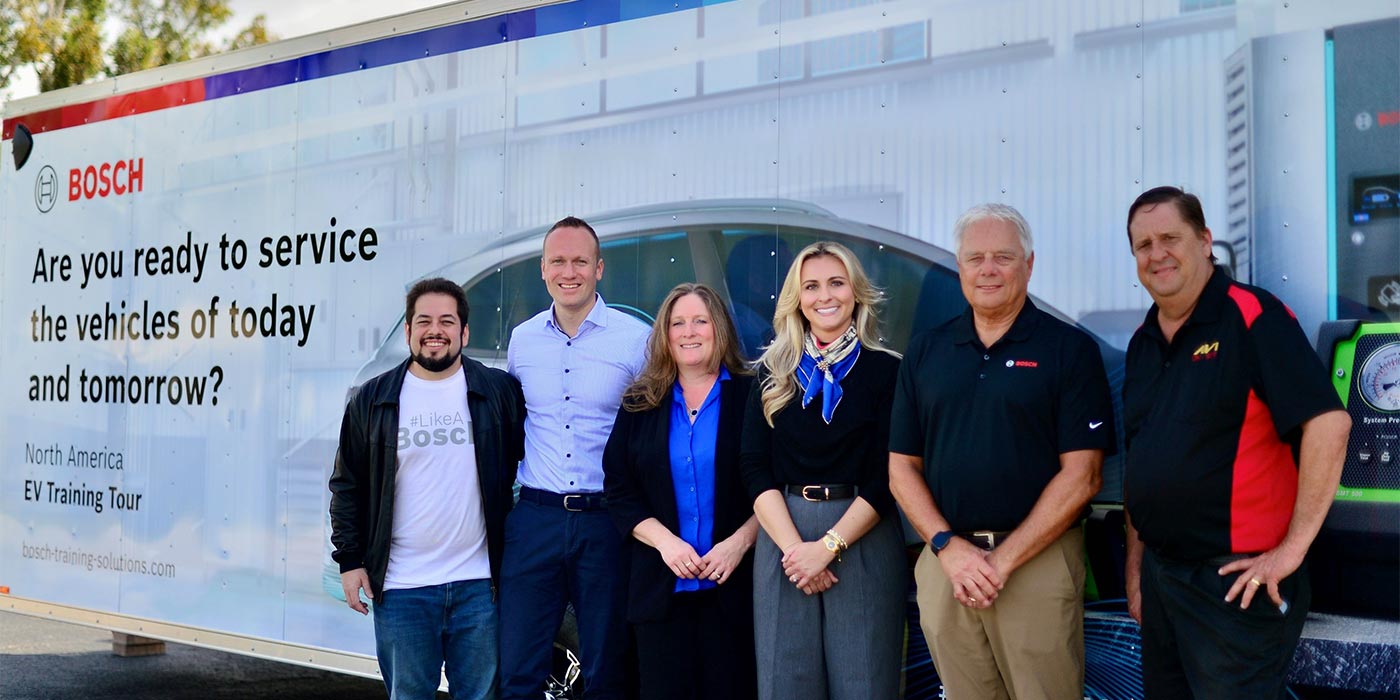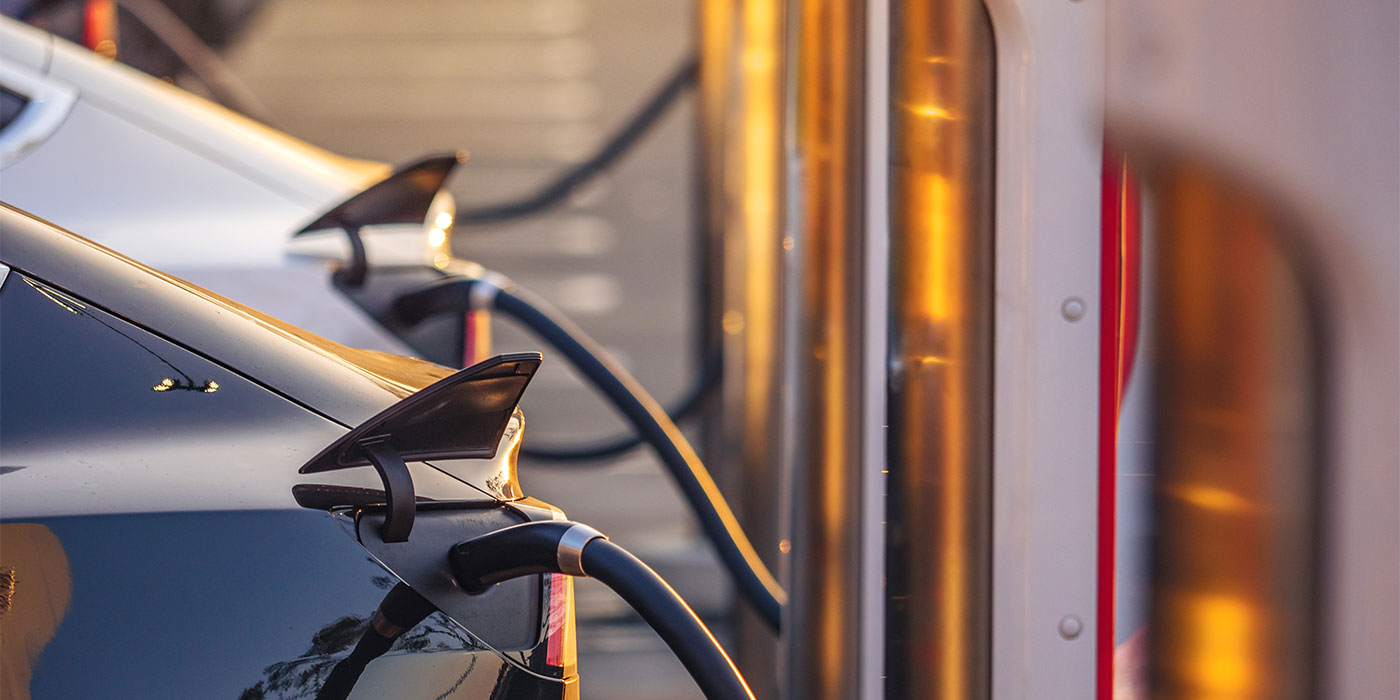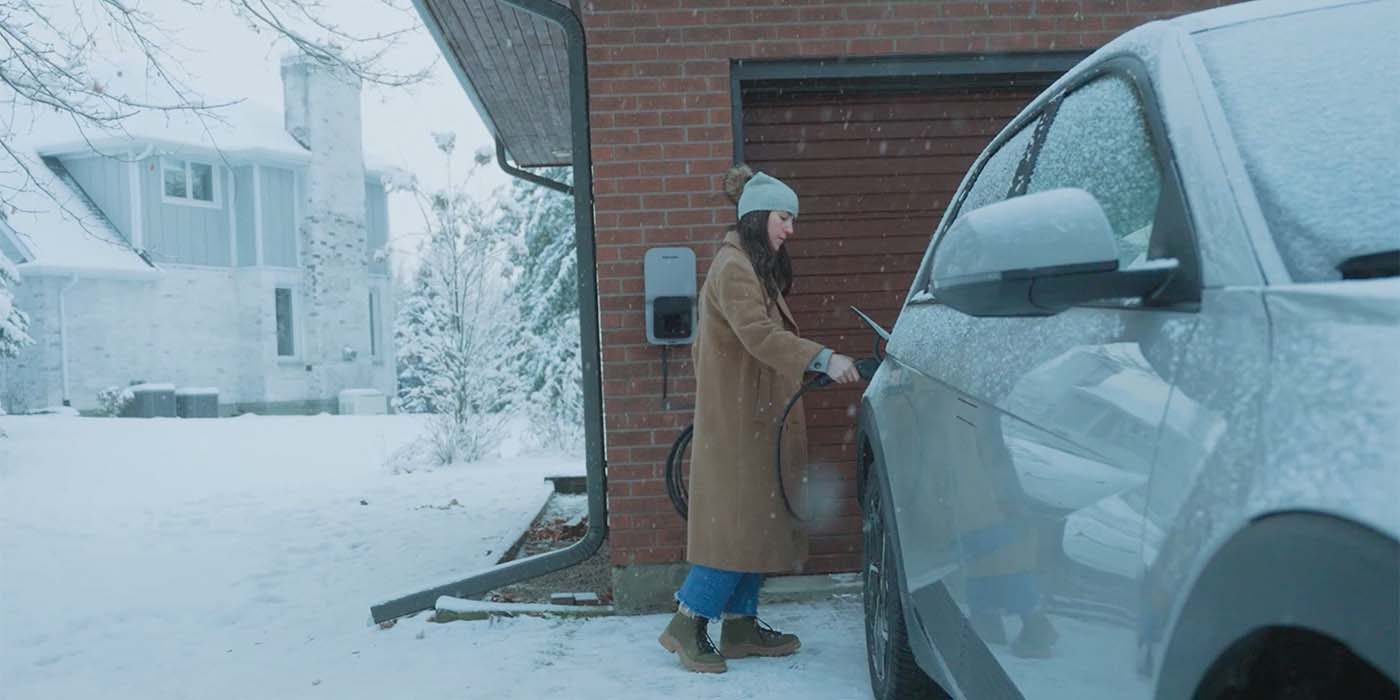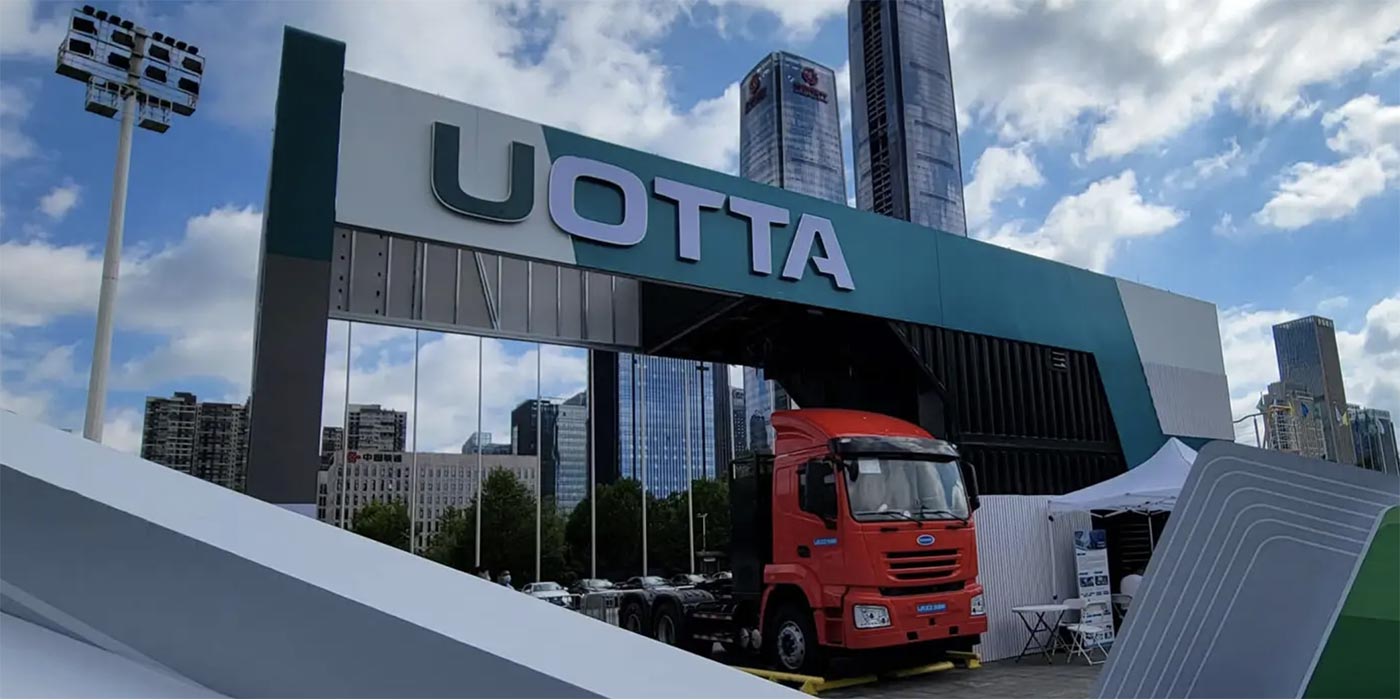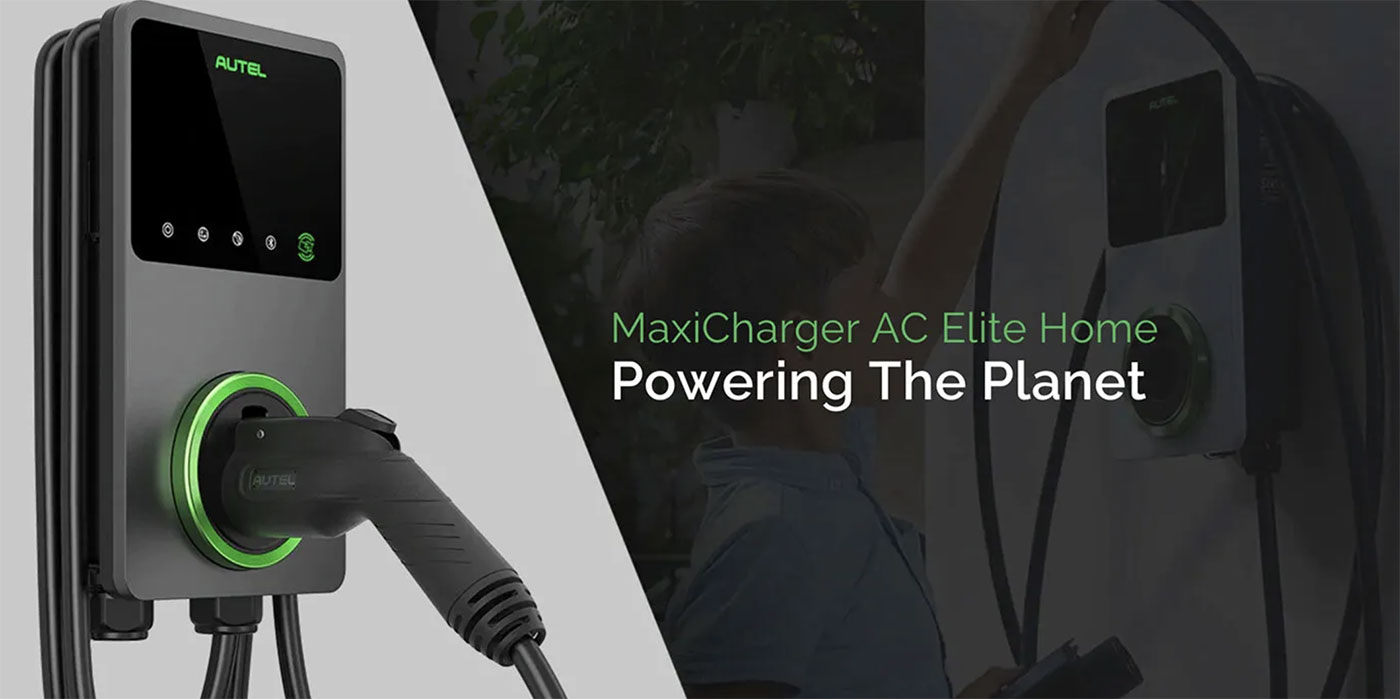The world is hot. Devastating heat waves and drought conditions have created dangerous energy blackouts around the world, including here in the U.S., because electric grids cannot supply enough energy to power homes and businesses during the hottest parts of the day.
The U.S. economy is over-heated, too, and inflation – partially caused by global events and disruptions from the pandemic, a war and those who seek to profit from them – is making everything more expensive, including electric-powered air conditioning.
Large population shifts are occurring, which make planning for peak demand more difficult for electricity providers and thus contributes to peak energy demand periods.
Against this backdrop, a historic climate bill has just passed the U.S. Senate that will supercharge the adoption of electric-powered vehicles, appliances and other equipment we depend on every day. Notably, electric-powered vehicles, also known as EVs, are expected to represent 30-50% of all passenger vehicles sold by 2030, a mere seven and a half years from now.
Fast Company reports that the East and West Coasts offer plenty of EV charging stations to meet demand, but many states in the center of the country remain in the EV charging “dead zone.”
These increases in EV-dependent vehicles will require a more robust EV infrastructure. How will the U.S. power grid be able to accommodate EV charger needs given the regular power grid failures we are experiencing now during peak demand?
I see compelling evidence that the electric grids across the U.S. will be able to supply all the electricity needed for these changes at least through 2030, which will allow more time for grid operators to bring additional capacity online. In fact, in our own state of Texas, the grid experiences a 30% usage rate from peak to trough. Leveraging the peak to trough capacity difference alone will allow us to accommodate several years of EV growth projections.
Better management can free up capacity
Many operators are already using incentives for big power consumers (e.g., original equipment manufacturers, automakers, mining companies, etc.) to reduce power use during peak hours. One example is the Texas Load Management Standard Offer Program (LMSOP), which offers incentives to energy service companies or contractors for load interruptions of electric consumption on short notice during peak demand periods (usually between 4-7 p.m.). Businesses that profit from these incentives change their operating hours to avoid peak demand periods.
Since most EV drivers use residential EV chargers 70% or more of the time, there is an opportunity for charging to occur over a longer period than is necessary to complete a charge at the fastest rate. Suppose the EV driver comes home at 6 p.m., plugs in the car and doesn’t leave the house again until 7 a.m. the next day. In this scenario, the EV will have been plugged in for 13 hours. Since it only requires four to six hours to charge the EV, this leaves seven to nine hours when a charge is not being delivered actively. If the EV owner agrees to allow the grid operator to select the best charging times (when demand is low and electricity is at its cheapest), the grid operator will have more flexibility to optimize service provision across the customer base and owners will experience lower charging costs. They will also contribute to grid efficiency.
There are caveats, however. Programs that incentivize EV owners to allow power providers to select EV charging schedules will require a smart network that can be accessed by both EV owners and the power company. EV drivers might need to tell the network when they need a full charge on their vehicle (for example, if they plan to go out before their normal morning departure time) and the power company will need to communicate with the EV charger in the garage to enable charging at the optimal time.
This is an ideal example of why Universal EV Chargers built our smart charging network. We will be able to throttle or open charging to fit with peak/non-peak charging goals. We’ll work with the electric grid owners to help implement programs that EV drivers have opted into.
Last mile power distribution will require more advanced delivery strategies
Related to the EV charger smart network that “decides” the optimal time to charge is the physical ability to deliver electricity to home or business-based EV chargers. This is not an inconsequential challenge, but pilot programs have been successful.
When the optimal specifications and algorithms are worked out, these programs can eke out impressive net power savings that will take the U.S. grid systems at least several years into the projected EV growth curve before new power plants will be required.
EV batteries can even become part of the solution
Intriguingly, EV batteries themselves may offer opportunities to smooth the peak-to-trough curve.
After all, a battery is an energy storage device, whether that energy is used to power an EV or to be resold to another buyer. EVs that remain connected to a smart EV charger for longer periods of time – say, 24 hours – could charge at night when electricity is less expensive and then sell some or all of the charge back to the electric company during peak load periods.
Finally, when a used EV battery can no longer efficiently power an EV, it will likely still have a useful life.
According to the Union of Concerned Scientists, “After eight to 12 years in a vehicle, the lithium batteries used in EVs are likely to retain more than two-thirds of their usable energy storage. Depending on their condition, used EV batteries could deliver an additional five to eight years of service in a secondary application.”
While there are some costs associated with transitioning an EV battery from powering an EV to providing a range of backup duties, the residual value of the battery can be about one-third that of a non-degraded battery.
Think about the option EV drivers might have to employ used EV batteries to provide electricity storage at home that will facilitate lower cost peak period EV charging or even provide resilience during power outages. For grid operators, the opportunity to use fully functioning as well as degraded batteries could reduce the pressure to build new power plants or to help smooth the peak-to-trough curve.
It is clear that electric grid operators have considerable opportunities to manage the grids more effectively, not just to meet the needs of a hot world but also to support the transition from internal combustion vehicles to EVs. These efforts can help grid operators delay new power plant installations that will ultimately be required to manage EV growth.
Hemal Doshi founded Universal Green Group in 2009 to bring better technology and cost-efficiency to the solar energy industry. Doshi is an energy and sustainability industry veteran who began his career as an energy auditor for the U.S. Department of Energy. During the deregulation of the utility industry in Texas, he worked directly with power producers to help them implement strategies for deregulation and market positioning. Doshi also worked closely with ERCOT (Energy Reliability Council of Texas). As an industry consultant, he implemented solutions for automated meter reading, management of interval data, grid management, and more effective demand forecasting.

